Foundation Basics
The foundation of your home is what keeps it standing, structurally sound, and safe. Without a foundation - or with a damaged foundation - your home can become a dangerous place to live. The job of the foundation is to transfer the weight of a structure to the soil or rock beneath it without causing any excessive movement or settlement. The foundation keeps the structure steady and safe.
Back to top
Types of Foundations
There are four common types of foundations (1) that can be used in supporting a structure:
-
Slab-on-grade foundation
This type of foundation is shallow, does not have a basement, and is most commonly constructed out of reinforced concrete. A slab-on-grade foundation is inexpensive and fast to build, however they can be susceptible to soil movement due to rainfall, extreme temperature changes, and the cycle of freezing and thawing.
-
Pier and beam foundation
This type of foundation most often has a crawl space under the home and supports floor joists and wood beams with a concrete footing and pier.
-
Basement
Most common in colder, northern climates where the ground freezes and thaws, a basement is used when the foundation must extend below the frost line.
-
Deep foundation
This type of foundation is built to reach depths that are below the line of influence affected by seasonal changes.
Each type of foundation has its own pros and cons and the type of foundation built usually depends on seasonal weather, soil type, and whether any natural disasters are common in the area.
Back to top
Foundation Problems and Their Causes
While foundations are built to be as solid and safe as possible, they can still be damaged. The most common issue foundations face is water in the soil - either too much water causes the soil to expand or too little water causes the soil to shrink (2). If the soil expands or shrinks equally, it's not usually too much of a problem for the foundation. It's only when sections of the soil expand or shrink more than other sections that cracks or other damages form. However, there are other events that can cause problems to a foundation:
- • Tree roots can cause cracks or displacement to foundations
- • Earthquakes can severely damage foundations and structures
- • Faulty construction can cause a number of foundation problems
- • Caulk around windows and doors has expanded. Caulk is pulled and stretched by the shifting of a house.
- • Leaking, flooding, or old age can deteriorate the foundation's concrete or mortar
Back to top
Signs You Should Never Ignore
So how do you know if your foundation is damaged? If you have a basement, you may be able to see cracks in the walls. However, this is not the only sign your foundation needs repair (3). These are some of the signs of a damaged foundation that you should never ignore:
- • Doors or windows don't open or close properly. If your foundation is beginning to shift, door jambs and window sills will move, making it incredibly difficult to close your doors or windows.
- • Cracks around windows and doors. If you start seeing cracks on the walls around your doors and windows, it means your house has settled too quickly. These cracks form at weak spots near openings in your house.
- • A gap at the bottom of your garage door. Finding a gap at the bottom of your garage door means your house has shifted.
- • Caulk around windows and doors has expanded. Caulk is pulled and stretched by the shifting of a house.
- • The floor is not level. This is a dead giveaway that something is not right with your foundation.
Back to top
Foundation Inspection
If you've noticed any of the signs above, you should have an experienced foundation inspection professional check out your foundation to determine exactly what's wrong with your foundation. A structural engineer will most likely be needed to do the inspection, which can cost anywhere from $700-$1,200. In some cases, a soil report may be needed, which will be provided by a geotechnical engineer and can cost an extra $500-$2000 (4).
Back to top
Foundation Repair
Since there are many different causes of foundation damage, there are many different types of repairs (5) that can be used to fix a foundation. Fixing cracks will use different tools and methods than reinforcing a foundation or underpinning. When you need foundation repair, it's best to hire a reliable professional to make sure it gets done right.
Back to top
Repairing Cracks
Cracks are the most common sign that your foundation is damaged and, in most cases, the least expensive to fix. However, you should always get your foundation inspected by a credible professional to make sure there are no other signs of damage to your foundation. It can cost an average of $600 to repair a simple crack in a concrete foundation.
Back to top
Foundation Reinforcement
If you live in an area that's prone to earthquakes, you probably already have a reinforced foundation. If not, you should consider getting one. Professionals reinforce the foundation with anchor bolts to keep it sturdy in shifting soil. Getting your foundation reinforced can cost between $1,500 and $3,500 or more.
Back to top
Underpinning
Underpinning is a common way of repairing and supporting foundations (6). It consists of installing steel or concrete piers that go far deeper than the foundation and keep it sturdy in more stable soil. Depending on the type of pier used, how deep the professionals have to go in order to reach stable soil, and a few other factors, a single pier can cost anywhere from $1,000 to $3,000. Since piers are placed roughly 6-8 feet apart, the total cost for one corner of a house can be anywhere from $3,500-$5,000.
Back to top
Raising a Foundation
For extreme foundation repairs, it may be necessary to remove the old foundation and replace it with a new foundation. To do this, the house must be fully intact before it is raised off the current foundation. This type of repair is only done when the foundation has extreme damage but the house is structurally sound. After the new foundation is installed, the house is lowered onto the new foundation. Since this is an incredibly large and difficult job, it is also expensive.
Back to top
References
- "Foundation Basics". Foundation Repair Network. Retrieved 23 May 2017.
- "Causes of Foundation Problems". Foundation Repair Network. Retrieved 23 May 2017.
- "Symptoms of a Faulty Foundation". National Foundation Repair Association. Retrieved 23 May 2017.
- "How Much Does Foundation Repair Cost?". Cost Helper. Retrieved 23 May 2017.
- "Types of Foundation Repair". SFGate. Retrieved 23 May 2017.
- "Foundation Underpinning Process Explained". Do It Yourself. Retrieved 23 May 2017.
Back to top
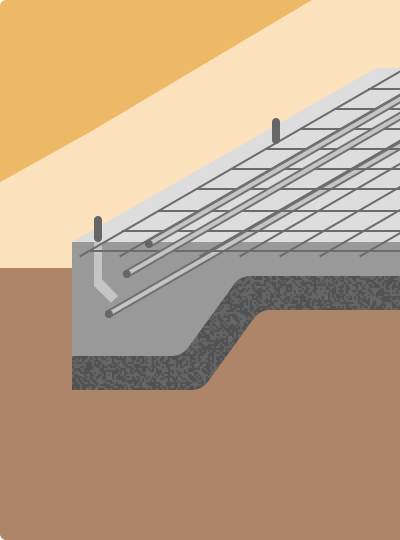
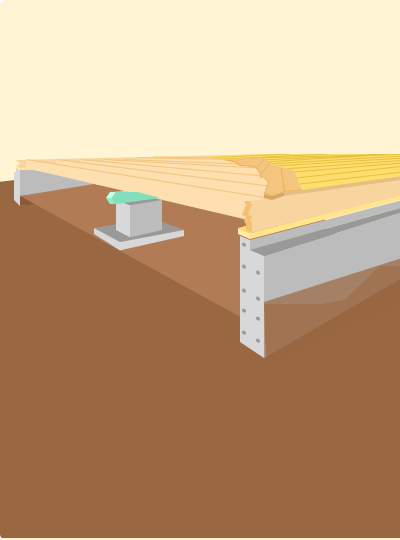
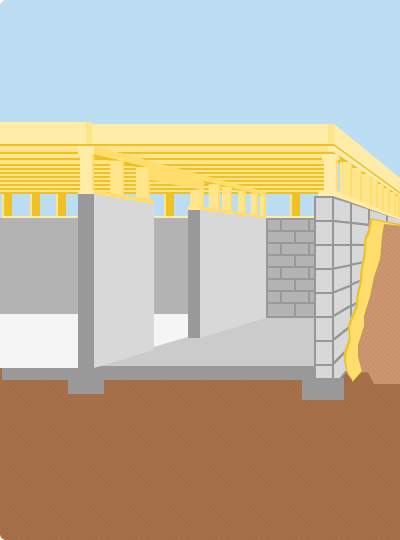
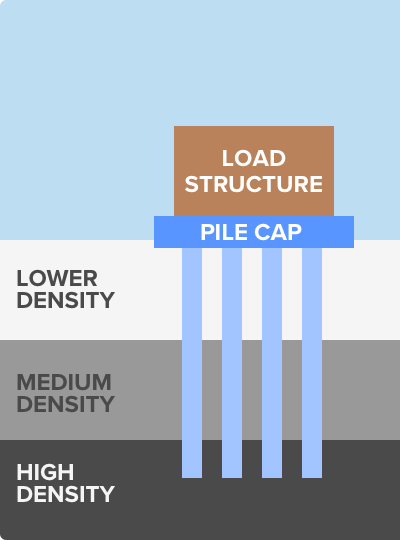
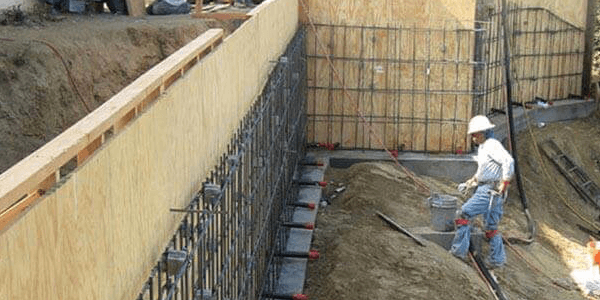
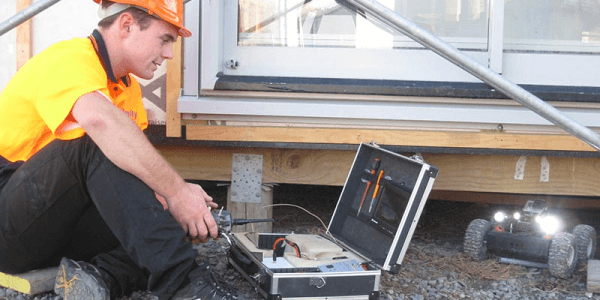



















![Summer Home Maintenance Checklist [2024]](https://images.homeyou.com/website/base/f75/ce7/35a/1080-591-summer-maintenance-checklist-for-homes.jpg)
